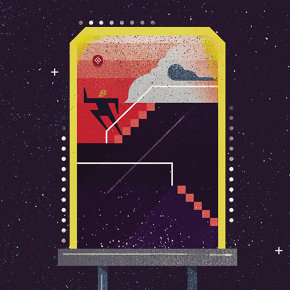
Thanks to thecustomizable nature of LEDs, they can provide better light where it's needed--helpingpedestrians and drivers navigate sidewalks or twisting roads.
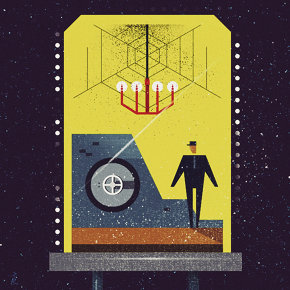
Unlikeincandescent bulbs, LEDs will last decades--many are rated for lives of 20 or22 years. The bulbs use a fraction of the energy of older technologies, which meansthey'll have a profound impact on carbon dioxide emissions.

Based onPhilips's research in Europe, LEDs can be setto wavelengths that appear to measurably improve education environments. Thelights can boost concentration or alertness, or aid in relaxation.
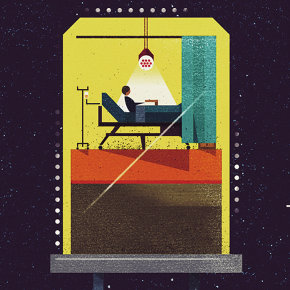
Specific lightrecipes have been shown to speed patient-recovery times in hospitals.Meanwhile, new home medical devices are reaching the market in Europe that utilize intense blue LED lights to ease backpain.
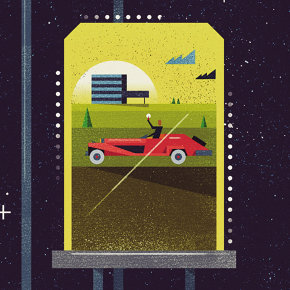
Due to theirdigital and connectable nature, LED bulbs--such as Philips's Hue--can be accessed and controlled fromanywhere there's an Internet connection, viaasmartphone app.
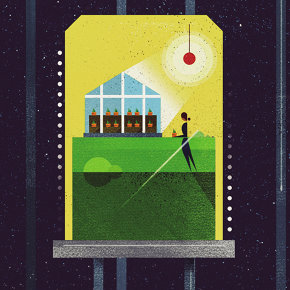
Inhorticulture, plants respond differently to various light wavelengths.Tailoring the output of LEDs for greenhouse growing has already been shown toincrease crop yields.
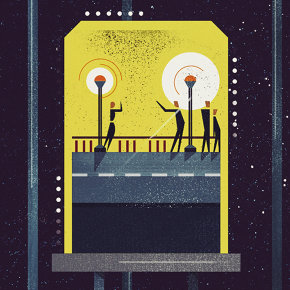
LED lightsfitted with sensors can automatically know how much illumination is needed, andwhere it should be directed. The lights will adjust to a crowded party or to adark parking garage.
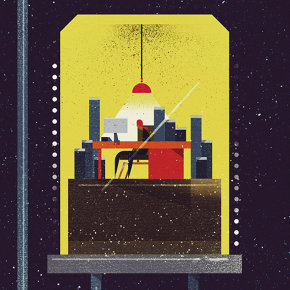
Allowingemployees to create personal lighting environments that vary in color andintensity could boost job satisfaction and (quite possibly) productivity.